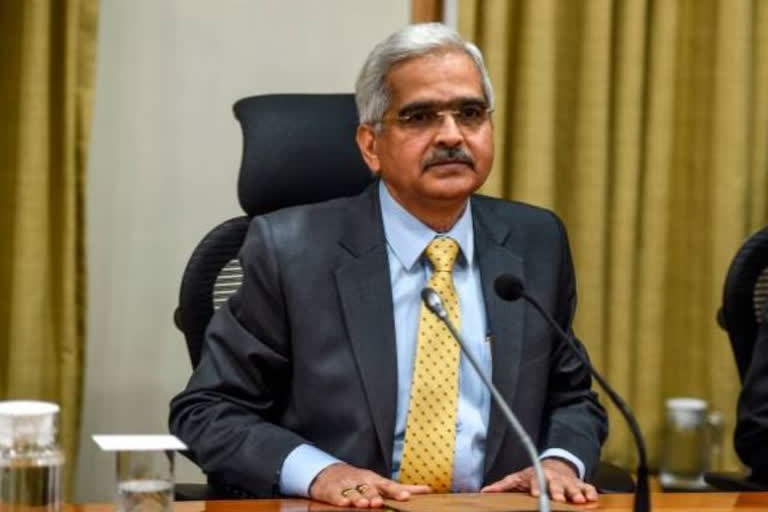Mumbai: India’s banking sector regulator Reserve Bank of India on Friday unveiled the second round of stimulus that includes additional liquidity of Rs. 1 lakh crore, particularly targeted at agriculture, MSME and housing sectors, and also announced the steps to encourage banks to use the surplus money available with them for on-lending purposes.
The Central Bank further relaxed moratorium norms to give additional relief to the middle class on EMI payments. It also substantially increased the ways and means of advances (WMA) of state governments to help them address their cash-flow mismatches caused by a nationwide lockdown.
In a significant decision, the Reserve Bank of India Friday announced another 25 basis points cut in the reverse repo rate to bring it down to 3.75% from earlier 4%. This is the second cut in the reverse repo rate in the last three weeks as the RBI had made a sharp cut of 90 basis points on March 27, to bring it down to just 4% from pre-COVID19 rate of 4.9%.
However, no change in the repo rate has been announced today as under the law only the Monetary Policy Committee (MPC) is authorised to change the repo rate.
Another 25 basis point cut in the reverse repo rate will widen the gap between repo and reverse repo rate, creating a difference of 65 basis points between the two key interest rates.
RBI encourages banks to utilise liquidity for on-lending
The move is aimed at encouraging the banks to use the surplus fund available with them for on-lending rather than parking it with the Reserve Bank that squeezes the money supply in the market.
While the repo rate is the rate at which banks borrow money from the Reserve Bank for further lending, the reverse repo rate is the rate at which they park their surplus fund with the reserve bank.
These two policy rates set the direction of interest rates for retail and other institutional borrowers and lenders.
In addition to discouraging the banks from parking their money with the RBI, the Bank has also announced two liquidity boosting measures of a total Rs 1 lakh crore to address any shortage of money in the system.
In the first window, the RBI will conduct targeted long-term repo operations (TLTRO 2.0) of Rs 50,000 crore for banks and financial institutions.
Banks can then invest this amount into investment-grade bonds, commercial papers and non-convertible debentures with at least 50% of the money going to small and mid-sized NBFCs and mutual funds that may be facing redemption pressure.
Read more:RBI: Rs 50,000 crore refinance facility to NABARD, SIBDI & NHB
“It has been decided to conduct targeted long-term repo operations (TLTRO 2.0) for an aggregate amount of 50,000 crores, to begin with, in tranches of appropriate sizes,” said Shaktikanta Das, Reserve Bank Governor.
“It is always open for RBI to step up this amount beyond 50,000 crores as per the requirement and market condition,” said Shaktikanta Das as he tried to assure the market participants that the Central Bank was keeping a close eye on the situation and proactively taking measures to address any liquidity issues by providing more money.
In his address to the media on March 27, RBI governor Shaktikanta Das had informed that the Bank had already injected Rs 1.25 lakh crores in the system through 6 long-term repo operations (LTRO) of Rs 25,000 crore each, having a maturity period of 1 to 3 years. It was done between February 17 to March 18.
On March 27, he also announced another targeted long-term repo operation of Rs 1 lakh crore, in four tranches of Rs 25,000 crore each, having a maturity period of 1-3 years.
Today, Shaktikanta Das informed that under the second round of targeted long term repo operations (LTROs), Rs. 75,000 crore had already been injected and the fourth tranche of Rs 25,000 crore was scheduled for today. Taking the total value of targeted long term repo operations to Rs 2.25 lakh crores since February 17.
